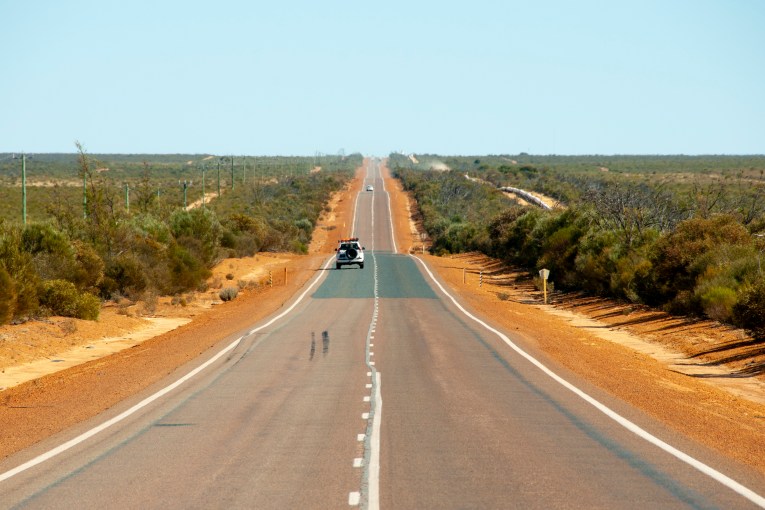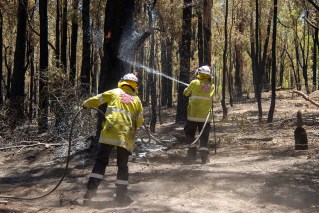Finding gold in gum trees an old prospectors’ trick
A breakthrough in using gum trees as a way to discover gold deposits has been compared to the practices of old time prospectors.
The CSIRO has found minute traces of gold in the living tissue of eucalypts near Kalgoorlie-Boulder in Western Australia.
The gold has been brought up from as far as 30 to 50 metres below the ground by the massive tap roots of the trees in search of water.
Previously, research into so-called bio-prospecting had been confined to laboratory conditions and after processing of the tree material.
Dr Melvin Lintern, from the Earth Sciences Division at the CSIRO, says finding the gold particles in the leaves and bark of the gum trees is a world first.
“For a long time we’ve been able to collect leaves from the site and then send them off to a laboratory to get them analysed, so that’s not particularly novel.
“Where we’ve done some groundbreaking research is to actually locate the gold in living tissue.
“We weren’t expecting this at all. To actually see the gold particles in the leaves is quite a Eureka moment for us.
“These trees are sort of telling us what’s going on below the ground, and the eucalypts and acacia trees that we did the research on appear to be bring up the gold from a remarkable 30-metre depth.”
Once commercially applied, using tree specimens to identify possible mineral deposits could conceivably slash the costs of multi-million dollar drilling and exploration programs.
Consultant geologist Simon Coxhell agrees this development in bio-prospecting could be an adjunct to normal prospective practices.
“It may be a way of defining initial exploration targets and it is quite valid.”
Mr Coxhell has spent many years exploring in the Kalgoorlie-Boulder region and he says the geology in the area, literally the rocks, is generally of the laterite kind.
That means they’re ancient and highly weathered.
And he believes that’s why the gum trees there are able to show traces of gold and that was recognised by the early pioneers.
“The old timer prospectors around Kalgoorlie would say ‘oh, there’s blackbutt trees around that area, therefore it’s prospective for gold’.
“Those eucalypts they tend to grow in areas of reasonably deep weathering, in areas of lots of mafic volcanic rock, that’s the greenstone belt, which typically gold mineralisation is associated with.”
After more than a century of gold mining, much of Australia’s easy to access reserves have been mined out and explorers and miners are being forced to go far deeper for new finds.
This breakthrough has the potential to more easily identify prospective areas at depth.







